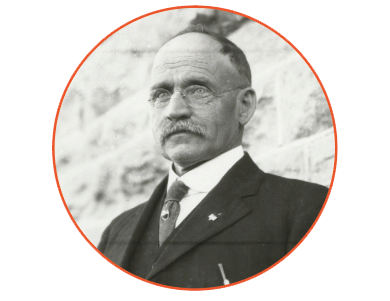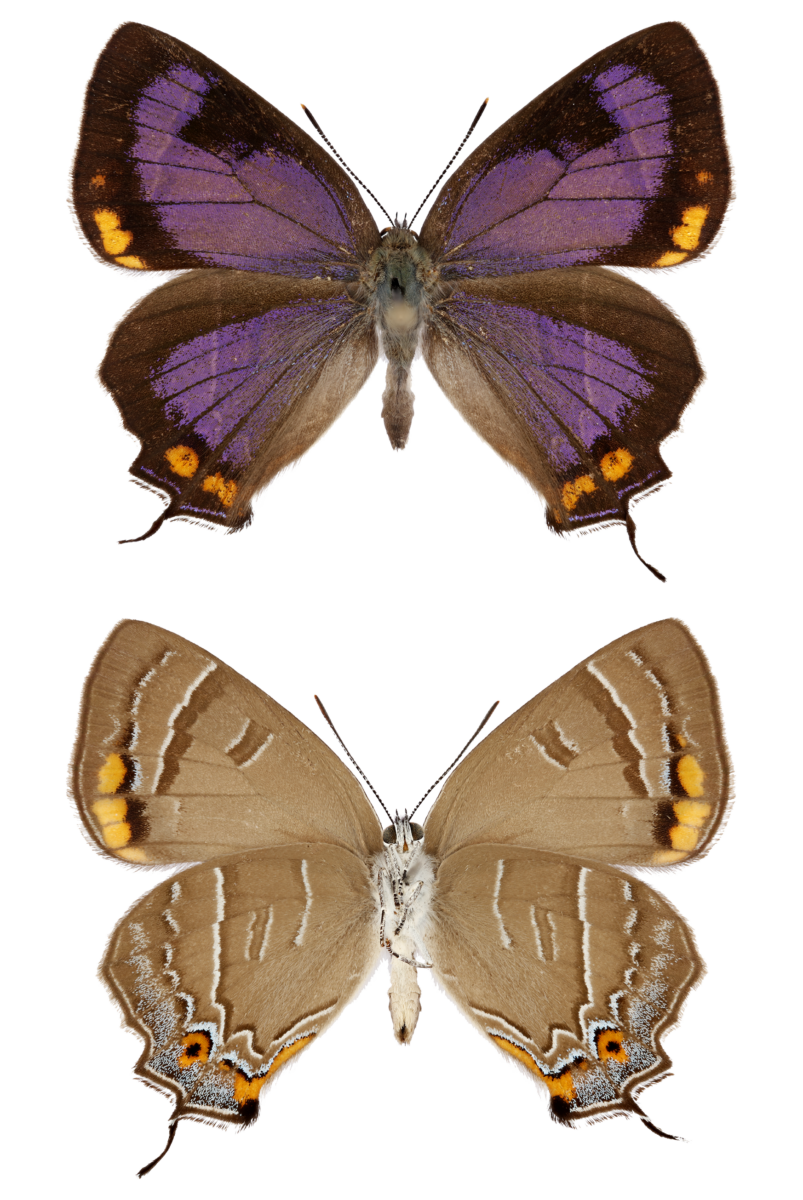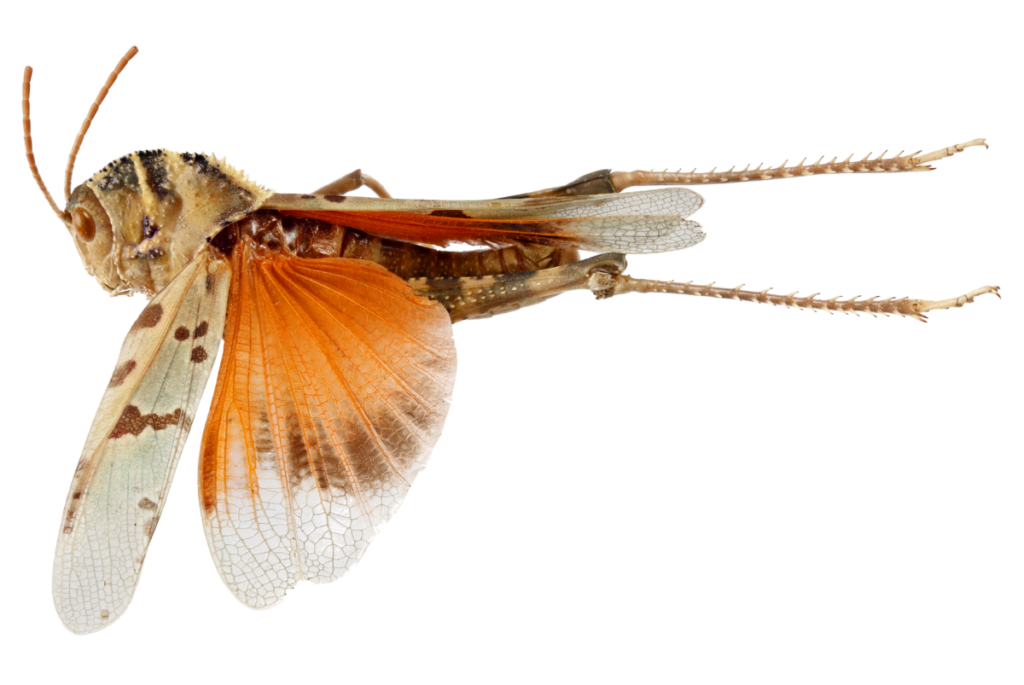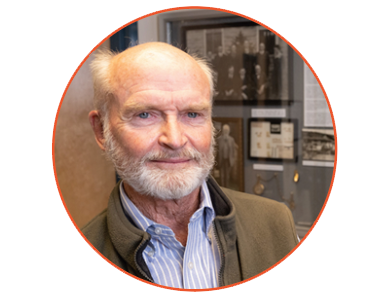Dennis Bruner’s deep appreciation for insects goes back generations.
“I have a very long history with Colorado State University’s entomology department, starting with C.P. Gillette, who was my great-grandfather,” said Bruner (B.S., ’61).
An internationally recognized expert in the study of insects, Clarence P. Gillette came to Colorado Agricultural College in 1890 to formally establish the department, now part of the Department of Agricultural Biology in the College of Agricultural Sciences.
C.P.’s daughter, Florence (Bruner’s grandmother), was a dormitory house mother at both Rockwell Hall, now home to the College of Business, and the agricultural fraternity Alpha Gamma Rho. But his parents gave Bruner a lifelong connection to CSU.



Jim and Adele Bruner both graduated from what was Colorado A&M, in 1938 and 1939, respectively. Adele majored in home economics, Jim in agronomy. For most of his career, Jim worked for the U.S. Department of Agriculture’s Soil Conservation Service.
Bruner himself followed a different path, graduating from CSU with a bachelor’s degree in mechanical engineering before earning his master’s and Ph.D. from the University of Houston and working in the medical device industry for 30 years. He created the Dennis and Dorothy Bruner Biomedical Engineering Scholarship at CSU in 2013.

Insect photos courtesy C.P. Gillette Museum of Arthropod Diversity
Honoring family ties

To honor his family’s ties to the College of Agricultural Sciences, he recently established the Bruner Family Scholarship in Entomology. The $50,000 endowment will be used to fund scholarships for students studying entomology, with preference to those who have worked at the C.P. Gillette Museum of Arthropod Diversity.
With nearly 5 million specimens, the museum features one of the largest insect collections in the world. Located in the basement of the Hartshorn Building near Canvas Stadium, it provides opportunities for education and research to both the CSU community and the public.
For Bruner, the gift felt like the next natural progression in his family’s history with CSU. “I wanted to help the department and the museum continue C.P. Gillette’s work and further his name, as well as the Bruner family name,” he said.